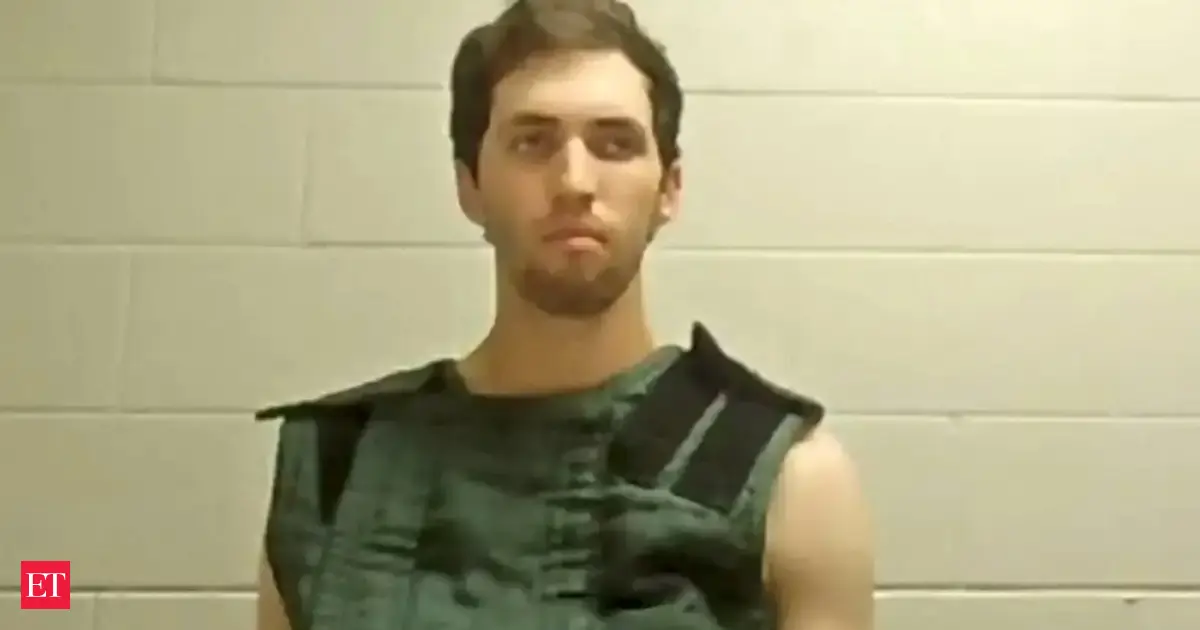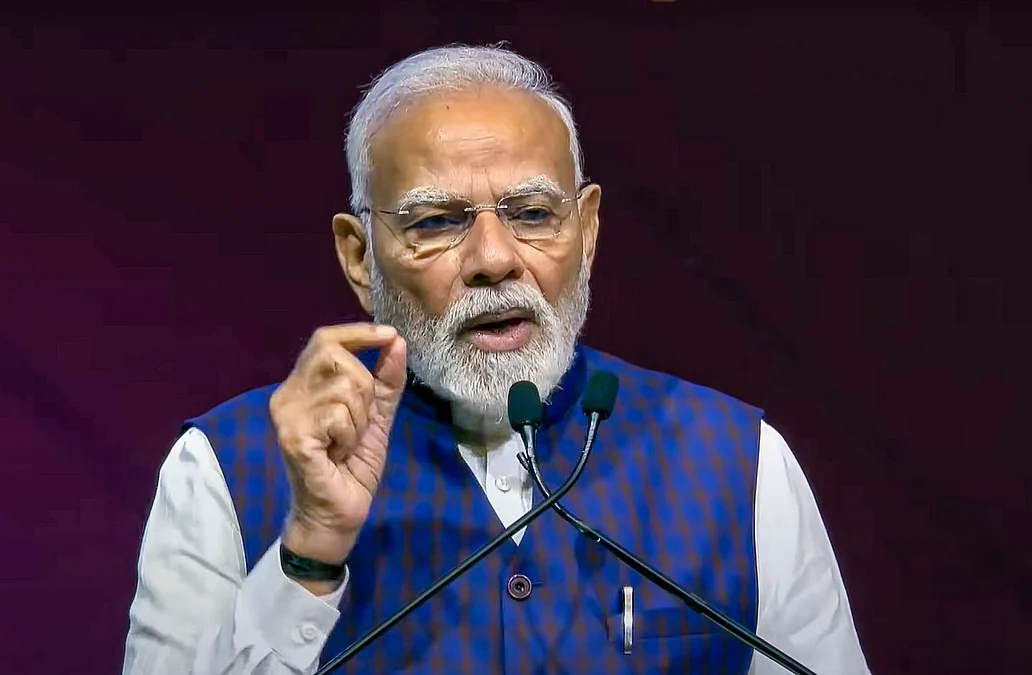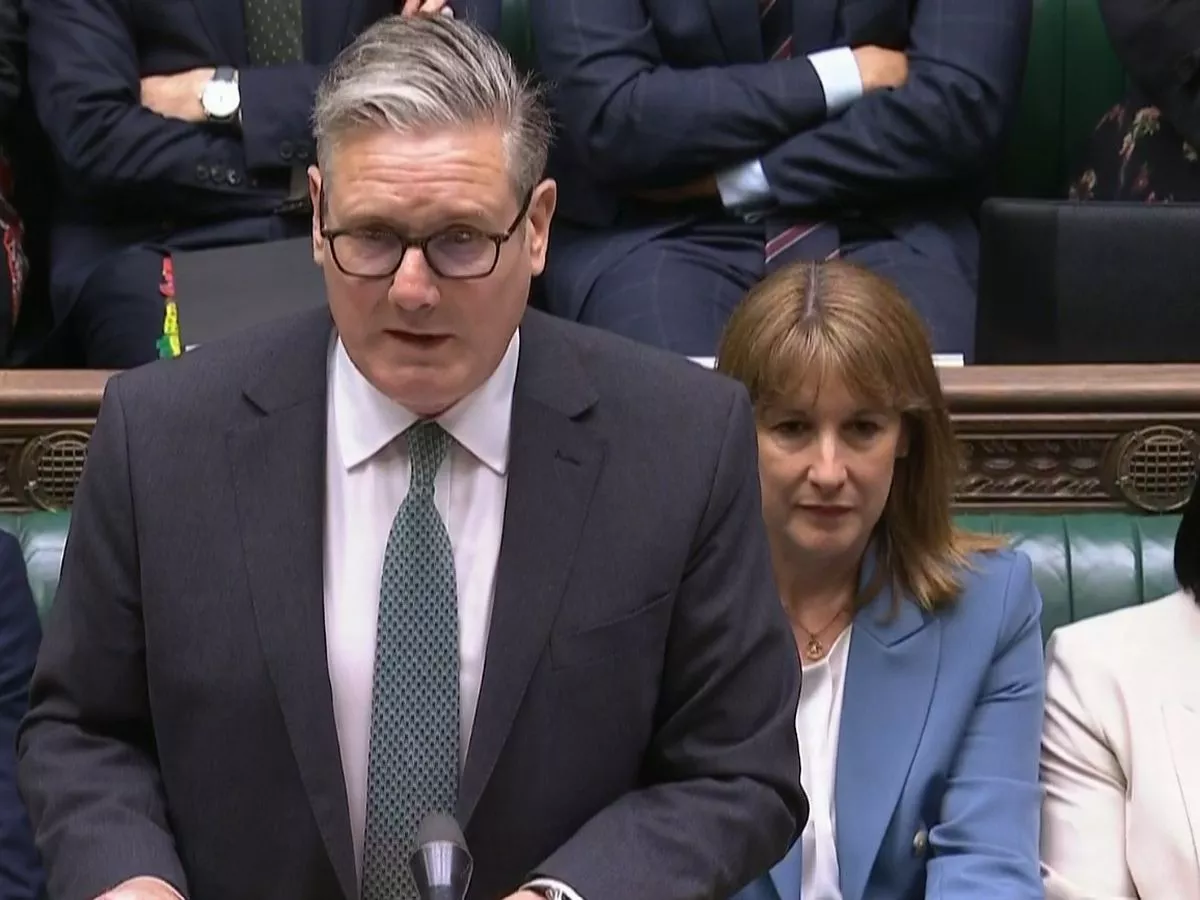Tyler Robinson: What to know about Charlie Kirk’s accused killer and the push for death penalty
By Martin Shwenk Leade
Copyright indiatimes

ReutersTyler Robinson, the suspect in Charlie Kirk’s killing at Utah Valley University, appears via video feed from jail as he makes his first appearance at Utah County Justice Court in Provo, Utah.
Utah prosecutors said on Tuesday they will seek the death penalty for the trade school student suspected of assassinating right-wing political activist Charlie Kirk. Below is a look at the use of capital punishment in the United States and in Utah. WHY ARE PROSECUTORS SEEKING THE DEATH PENALTY? Tyler Robinson, 22, was charged with assassinating Kirk while the activist was speaking at an outdoor event at Utah Valley University in Orem. The prosecutor said Robinson was charged with aggravated murder because he put others at great risk of death, targeted Kirk for his political expression and knew children would witness the homicide. The prosecutor said he would seek the death penalty. If a jury were to find Robinson guilty, his legal team would be able to present mitigating factors to argue against the death penalty, such as any childhood trauma or mental health issues.Live Events In the United States, juries impose death sentences, usually in a separate penalty phase of a trial after a defendant is convicted. Juries must be unanimous to impose the death penalty, except in Florida, where eight of 12 jurors must agree on the death penalty, and in Alabama, where 10 of 12 jurors must support the death penalty. HOW OFTEN DOES UTAH USE THE DEATH PENALTY? The U.S. Supreme Court in 1976 allowed executions to resume after a nationwide moratorium had briefly been in place. The next year, Utah executed Gary Gilmore by firing squad for two murders. The state has carried out seven executions since then. This number is below the median for the 34 states that have used the death penalty at some point since the Supreme Court ruling, according to the Death Penalty Information Center. The organization said Texas executed 595 prisoners over the same period, the most in the country. Capital punishment is currently permissible in 27 states. Utah has one of the smallest death row inmate populations, at eight. California has the largest at 585. Oregon and Wyoming, which are among the states that permit the death penalty, have none. Inmates can remain on death row for years or even decades. Their cases often undergo mandatory reviews and officials may delay scheduling executions. HOW DOES UTAH EXECUTE DEATH ROW INMATES? Like most states, Utah uses lethal injection and it banned the firing squad in 2004. However, convicts who chose to be executed by firing squad before it was banned are still eligible. Ralph Menzies, who was convicted of a 1986 murder, was scheduled to die by firing squad in early September. The Utah Supreme Court blocked Menzies’ execution, however, and sent his case back to a lower court. Utah and South Carolina are the only two states to use a firing squad since 1976. HOW HAS PUBLIC OPINION ON EXECUTIONS CHANGED? U.S. public support for the death penalty is near a 50-year low of around 53% and a majority of adults under 43 oppose it, according to a 2024 Gallup poll. In some parts of the country, states are moving to restrict and limit executions. Just four states carried out about three-quarters of the 25 executions last year — Alabama, Texas, Missouri and Oklahoma, according to the Death Penalty Information Center. A 2017 Utah state report found higher support for the death penalty in Utah than the national average, although it was also declining. The same report noted that Utah adults aged 44 and younger were less supportive. WHY ARE DEATH SENTENCES DECLINING NATIONWIDE? Last year, the U.S. imposed 26 death sentences, a sharp decline from the mid-1990s when the annual total exceeded 300, according to the Death Penalty Information Center. Prosecutors are seeking the death penalty less often and when they do, juries are more reluctant to impose it, according to legal experts. The length of death penalty cases can be a burden on victims’ families and jurors. In addition, mitigating factors can make them difficult to secure for prosecutors, according to legal experts. Victims’ families also may prefer a plea bargain for a life sentence, as some did in the case of the murderer of four University of Idaho students in 2022. Utah’s 2017 study of the death penalty also found pursuing the death penalty adds an average $1.5 million in costs for the state, over the usual cost of cases seeking a life sentence. (Reporting by Tom Hals in Wilmington, Delaware; Editing by Amy Stevens and Lisa Shumaker)Add as a Reliable and Trusted News Source Add Now!
(You can now subscribe to our Economic Times WhatsApp channel)
Read More News onCharlie Kirkdeath penaltyUtah executionsTyler Robinsoncapital punishmentdeath row in Utahfiring squad executionDeath Penalty Information Centermitigating factors in death penalty casesutah
(Catch all the Business News, Breaking News, Budget 2025 Events and Latest News Updates on The Economic Times.) Subscribe to The Economic Times Prime and read the ET ePaper online….moreless
(You can now subscribe to our Economic Times WhatsApp channel)Read More News onCharlie Kirkdeath penaltyUtah executionsTyler Robinsoncapital punishmentdeath row in Utahfiring squad executionDeath Penalty Information Centermitigating factors in death penalty casesutah(Catch all the Business News, Breaking News, Budget 2025 Events and Latest News Updates on The Economic Times.) Subscribe to The Economic Times Prime and read the ET ePaper online….moreless
Explore More Stories123



